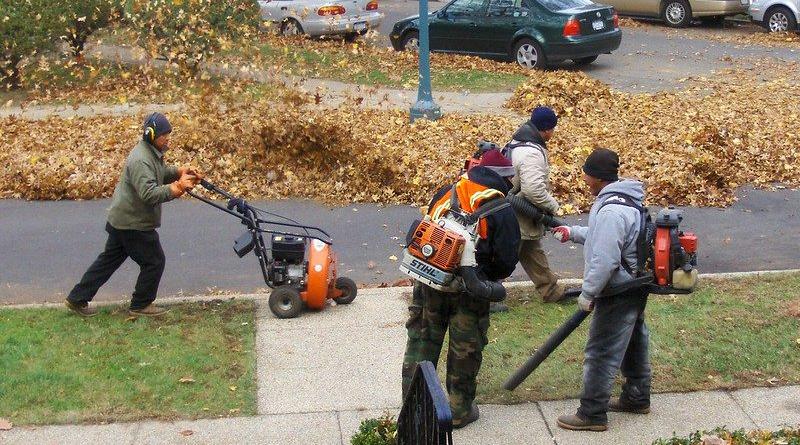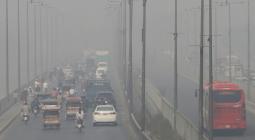Lawn Equipment Spews ‘Shocking’ Amount of Pollution, Report Finds

Gasoline-powered garden equipment is “pound for pound” more polluting than conventional cars and trucks, emitting “shocking” levels of carbon dioxide, nitrous oxide, and particulate pollutants, a new report reveals.
The noisy mowers, leaf blowers, chainsaws, and snowblowers that sped up yard work across the United States also released over 68,000 tons of nitrous oxides in 2020, “roughly on par with the pollution from 30 million cars,” reports Grist. Nitrous oxide is a climate super-pollutant with about 285 times the warming potential of carbon dioxide.
“Lawn equipment also spewed 30 millions tons of climate-warming carbon dioxide, which is more than the total emissions of the city of Los Angeles,” found [pdf] a report co-authored by Colorado PIRG and Frontier Group using U.S. emissions inventory data.
The inefficient engines that power lawn equipment spewed 21,800 tonnes of PM2.5 particulate pollution, a major cause of lung disease, “equivalent to the pollution from 234 million typical cars over the course of a year.” And the report also warns of high levels of carcinogenic benzene and formaldehyde in lawn equipment exhaust.
The outsized impact of these machines owes to the fact that their two- and four-stroke engines are highly inefficient. Two-stroke engines are “particularly problematic because they run a mix of lubricating oil and gasoline,” notes Grist.
Lead author and Colorado PIRG clean air advocate Kirsten Schatz said it was paradoxical that such small engines produce such high pollution levels. This disproportionate pollution not only leads to health issues but also makes a major contribution to climate change, she added.
“This really inefficient engine technology is, pound for pound, more polluting than the cars and trucks,” Schatz said. “Outdoor equipment generates a pretty shocking amount of pollution.”
California and Florida ranked highest among U.S. states for carbon dioxide emissions from lawn equipment. Florida and Texas took the top prize in PM2.5 and nitrous oxide pollution.
It is unclear why California scored relatively well on PM2.5 pollution, coming in at rank 29 despite being the country’s most populous state, but “one theory” attributes it to a history of regulating small engines, which began in the mid-1990s, writes Grist. Next year, a statewide ban on such engines—the ones used in dirt bikes and lawn equipment—will go into effect.
Schatz says the rest of the country should follow suit, noting that there are plenty of electric options out there.
“We have so many cleaner, quieter electric alternatives available now,” Schatz said. “Battery technology has come a long way.”
This also applies in the commercial sector, writes Grist. Clean Air Lawn Care founder Kelly Giard said electric technology was “limited” when he started his company in Fort Collins, Colorado back in 2006. The firm now serves 10,000 customers in 16 states, with operating costs “very comparable to gas.”
Canada has yet to ban two-stroke engines nationwide, but cities are beginning to take matters into their own hands. Toronto banned gas-powered leaf blowers and trimmers this past summer.





